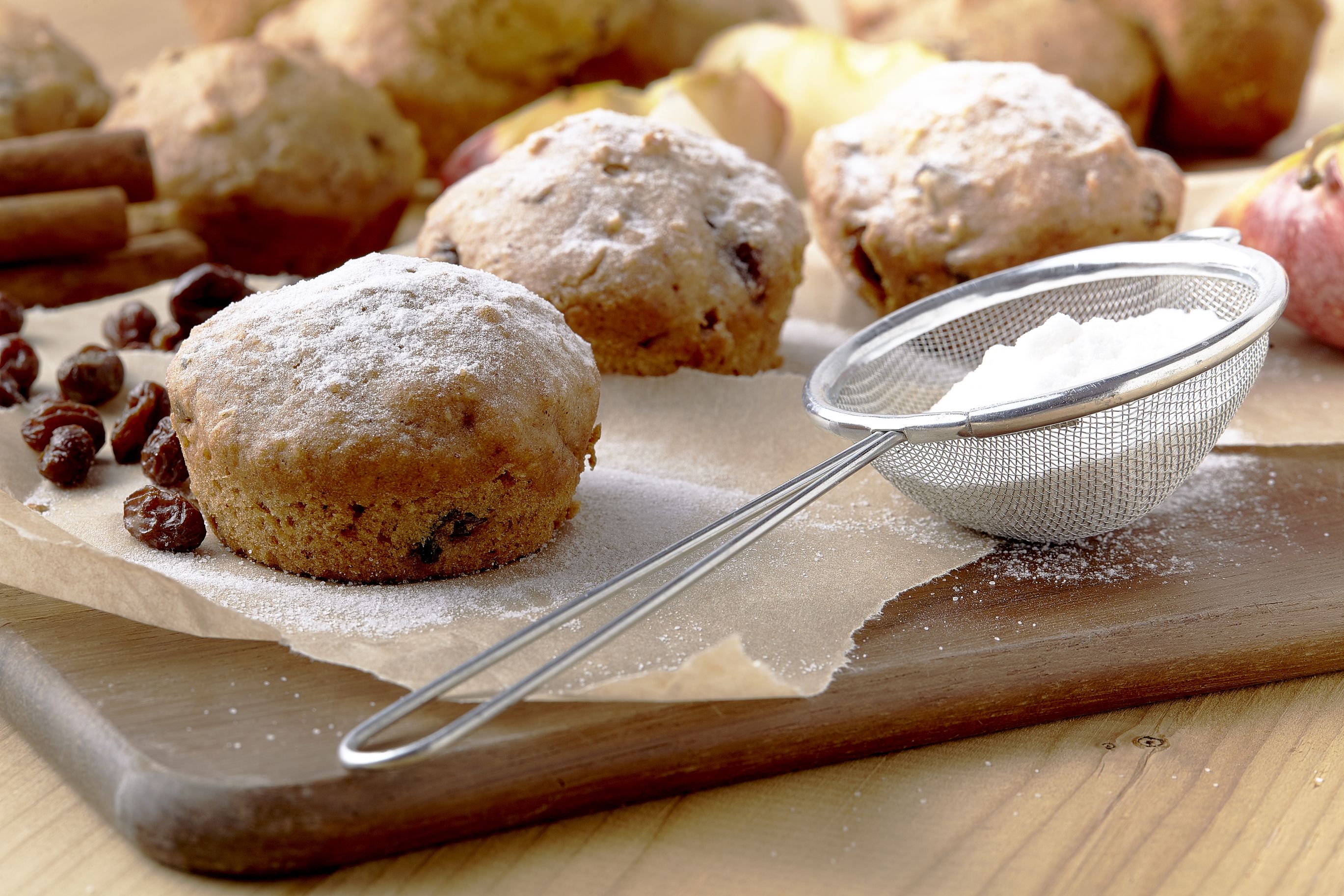The twelfth day of Christmas, January 6, officially marks the end of the Christmas season. In Ireland, it’s also one of the most important days on the calendar after Christmas Day itself, celebrated as the Christian Feast of the Epiphany and as the traditional celebration known as Nollaig na mBan (Women’s Christmas). The latter is a day when Irish women who had worked tirelessly for weeks to prepare Christmas for their families had the day completely to themselves. The men of the house would take over the running of the household for the day, cleaning, preparing meals, and looking after the children, leaving the women to socialize with female relatives and friends and to gather for tea
Irish folklore scholar Kevin Danaher mentioned the date in his 1970s book “The Year in Ireland: A Calendar,” when he suggested that the name "Women's Christmas" is explained by the assertion that “Christmas Day was marked by beef, whiskey, and men's fare, while on ‘Little Christmas Day’ the dainties preferred by women — cake, tea and wine — were more in evidence." It became a day for women “to go visiting in the afternoon, eat a slice of currant loaf, have a cup of tea, a chat, and a well-deserved rest.”
Over time, many Nollaig na mBan customs have faded away, but in recent years the tradition has been revived a bit, shifting to a day of celebration with many women's groups marking the day with charitable events or with donations to organizations that support women’s causes. Many restaurants, hotels, and bars around the country host Nollaig na mBan celebrations, such as afternoon tea — often with a bit of bubbly — a tradition you might want to start this year yourself. If you’d rather have a gathering at home, here are a few easy recipes — final reminders that the season is over — to use up the last of the holiday foods and officially bid good-bye to Christmas 2023.
FRUITCAKE COOKIES
Makes about 4 dozen
These cookies will satisfy your yearning for one last taste of holiday fruitcake, and they’re delicious with a cup of tea.
4 ounces butter, at room temperature
1 cup sugar
1 egg
1 3/4 cup plus 2 tablespoons flour
1/2 teaspoon salt
1/2 teaspoon soda
1/4 cup buttermilk
1 cup candied cherries, chopped
1 cup chopped dates
1/2 cup fruit and peel mix
3/4 cup chopped pecans
1. Preheat oven to 400°F. Line 2 baking sheets with parchment paper.
2. In a medium bowl, beat butter and sugar with an electric mixer on medium speed until light and fluffy. Beat in egg until blended.
3. In a small bowl, whisk together 1 3/4 cup flour, salt, and baking soda. Stir flour mixture into butter mixture, alternating with buttermilk.
4. Toss cherries, dates and fruit and peel mix with the remaining 2 tablespoons flour; fold into batter. Fold in chopped pecans.
5. Drop by spoonsful onto prepared baking sheets, spacing 1 1/2 to 2 inches apart.
Bake for 8 to 13 minutes (depending on size of cookies) until cookies are firm. Let cool on wire rack. Store in an airtight container for up to 5 days.
MINI MINCEMEAT MUFFINS
Makes 2 dozen
The answer to what to do with the last of the mincemeat is answered in these dainty, flavorful muffins.
2 cups all-purpose flour
2/3 cup sugar
1 tablespoon baking powder
1/4 teaspoon salt
2 large eggs
1/2 cup milk
3 ounces unsalted butter, melted and cooled
1 tablespoon grated orange peel
1 tablespoon orange juice
1 cup prepared mincemeat
Confectioners’ sugar, for dusting
1. Preheat oven to 400° F. Coat two 24-well mini muffin pans with nonstick cooking spray.
2. In a large bowl, combine flour, sugar, baking powder, and salt. In a separate medium bowl, whisk together eggs, milk, butter, orange peel, and juice. Stir in flour mixture; stir in mincemeat. Spoon into prepared pan.
3. Bake for 16 to 18 minutes, or until a skewer inserted into center comes out clean.
Remove from oven; let cool on a wire rack for about 5 minutes before removing muffins from pan. Dust with confectioners’ sugar.
ORANGE SPICE CAKE
Serves 8
This cake is a lovely alternative to the traditional fruit-filled Christmas cake but it maintains all the festive flavors of holiday fruits and spices. The recipe comes from Helen and Brian Heaton, the brilliant hosts at Castlewood House in Dingle, County Kerry. They suggest you use a thin-skinned seedless orange for the cake rather than any thick-skinned varieties such as Jaffa or Navel as their skin can be bitter.
For the cake
1 small thin-skinned orange
2 1/2 cups self-rising flour
3 teaspoons baking powder
1 teaspoon ground cinnamon
1 teaspoon mixed spice or pumpkin pie spice
1 1/4 cups sugar
8 ounces butter, at room temperature
4 large eggs
For the filling
4 ounces butter, at room temperature
4 cups confectioners’ sugar
2 tablespoons reserved orange pulp
Orange peel or zest, for garnish
1. Preheat the oven to 350°F. Coat two 8-inch baking pans with no-stick baking spray with flour; line with a round of parchment paper.
2. Put the orange into a small saucepan; cover with water. Bring to a boil; reduce heat and simmer for about 20 minutes, or until the orange is tender when pierced with tip of a sharp knife. Remove from heat, drain; let cool for about 30 minutes. Cut in half.
3. In a small bowl, sift together flour, baking powder, cinnamon and Mixed Spice or pumpkin pie spice.
4. Transfer the orange halves, including skin, to a food processor; pulse 8 to 10 times, or until chunky. Reserve 2 tablespoons of orange pulp for icing. Return bowl to processor; add flour mixture, sugar, butter and eggs; process for 20 to 30 seconds, or until mixture is blended (avoid overmixing). Divide mixture evenly between prepared pans.
5. Bake for 25 to 30 minutes, or until a skewer inserted into center comes out clean. Remove from oven; let cool for 5 minutes on wire rack. Invert pans onto rack, peel off wax paper. Let cool completely. Cut each cake in half horizontally to create four layers (see NOTE).
6. Make filling. In bowl of a stand mixer fitted with a paddle attachment (or with a hand mixer), beat butter until smooth. Slowly beat in sugar and reserved orange pulp. With an offset spatula, spread filling between layers and over top of cake. Garnish with orange peel.
NOTE: To cut each layer in half evenly, place toothpicks at the halfway point around the edges of cake. With a large, serrated knife, slice through cake along toothpick line, slicing slowly to maintain accuracy.
Margaret Johnson’s “Recipes” page also includes “Ireland Hopping: Adventures in Food, Drink, and Travel.” For further details on her work, or to order a signed copy of any of her cookbooks, visit irishcook.com.









